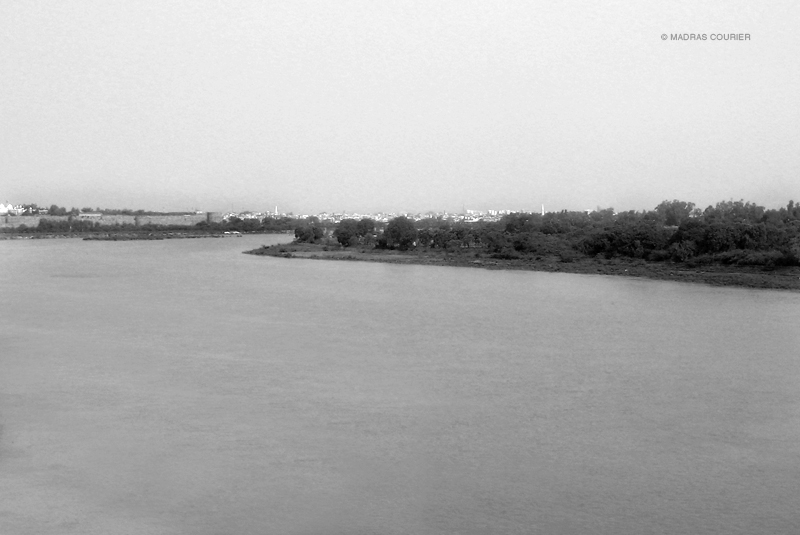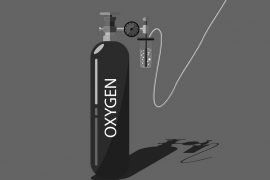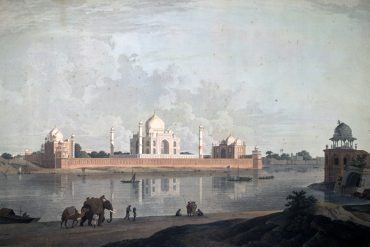There is an age-old legend about the Yamuna turning black. Shiva, after losing his wife Parvati, was so distraught that he turned the river Yamuna black with grief.
But this image existed only in mythology. For many years, the Yamuna was a pristine blue. It is the river the Taj Mahal was built alongside – then a symbol of purity and holiness.
Today, in the modern era, it is India’s collective grief that has made the river the country’s most polluted. The Yamuna, which begins from the pristine glaciers of Yamunotri, travels 1376 kilometre across India. But to its ill luck, this route passes through the city of Delhi.
70 percent of the Yamuna’s pollution comes from this single source, which takes up two percent of its route. The sewage and toxic effluents of nearly 17 million choke the Yamuna, merely 400 kilometres from its origin.
In some parts of the river, there is no oxygen whatsoever in the water. These stretches result in the hypoxia (death from asphyxiation) of all marine life in the area. From the Okla barrage, the river is eutrophicated – the water so chemically enhanced that normal life cannot survive, only algae remains. In 2010, environmentalist Sunita Narain declared that by all pollution standards, the Yamuna was dead.
Copyright©Madras Courier, All Rights Reserved. You may share using our article tools. Please don't cut articles from madrascourier.com and redistribute by email, post to the web, mobile phone or social media.Please send in your feed back and comments to [email protected]











